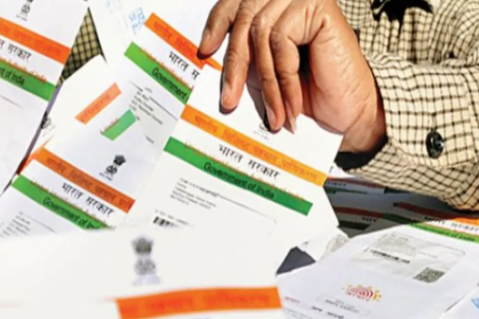What is Aadhaar Enabled Payment System (AEPS)?
The Aadhaar Enabled Payment System (AEPS) is transforming banking access in rural and semi-urban regions. It utilizes Aadhaar numbers and biometric authentication for seamless transactions. This system promotes financial inclusion for underserved populations.
What is AEPS?
AEPS stands for Aadhaar Enabled Payment System, which allows users to perform banking tasks using their Aadhaar number and biometric data. Transactions include cash withdrawals, deposits, balance checks, and money transfers.
How Does AEPS Work?
AEPS connects directly to the National Payments Corporation of India (NPCI) network. Users authenticate transactions with their biometric information, such as fingerprints or iris scans. This eliminates the need for traditional banking infrastructure like ATMs or branches.
Benefits for Rural Users
Visiting bank branches can be difficult for people in rural areas. AEPS enables access to banking services at local merchants or agents. This convenience reduces travel costs and time, allowing users to complete transactions near their homes.
AEPS targets underbanked populations with limited access to banking. It brings services directly to local communities, ensuring everyone can access financial services. Secure Aadhaar-to-Aadhaar transfers enhance money transfer efficiency.
Time and Cost Savings
Before AEPS, users faced long journeys to distant bank branches for simple transactions. AEPS allows them to conduct banking activities locally, saving both time and money. Users can withdraw cash, deposit money, or check balances without travelling far.
Empowering Local Merchants
Local merchants and agents play important role in AEPS. They can provide banking services without expensive infrastructure. This creates a network of accessible banking points in communities, enhancing service availability.
AEPS is reshaping the banking landscape for rural India, making financial services more accessible and efficient.
Important Facts for Exams:
- AEPS – The Aadhaar Enabled Payment System facilitates banking access using biometric data. It promotes financial inclusion in rural areas, allowing transactions without traditional banking infrastructure like ATMs.
- NPCI – The National Payments Corporation of India manages payment systems in India. It enables secure transactions and connections for various digital payment services, enhancing financial accessibility across the country.
- Biometric Authentication – Biometric authentication uses unique physical traits for identity verification. In AEPS, it enhances security and simplifies transactions, allowing users to perform banking tasks efficiently and securely.
Month: Current Affairs - November, 2024
Category: Economy & Banking Current Affairs


